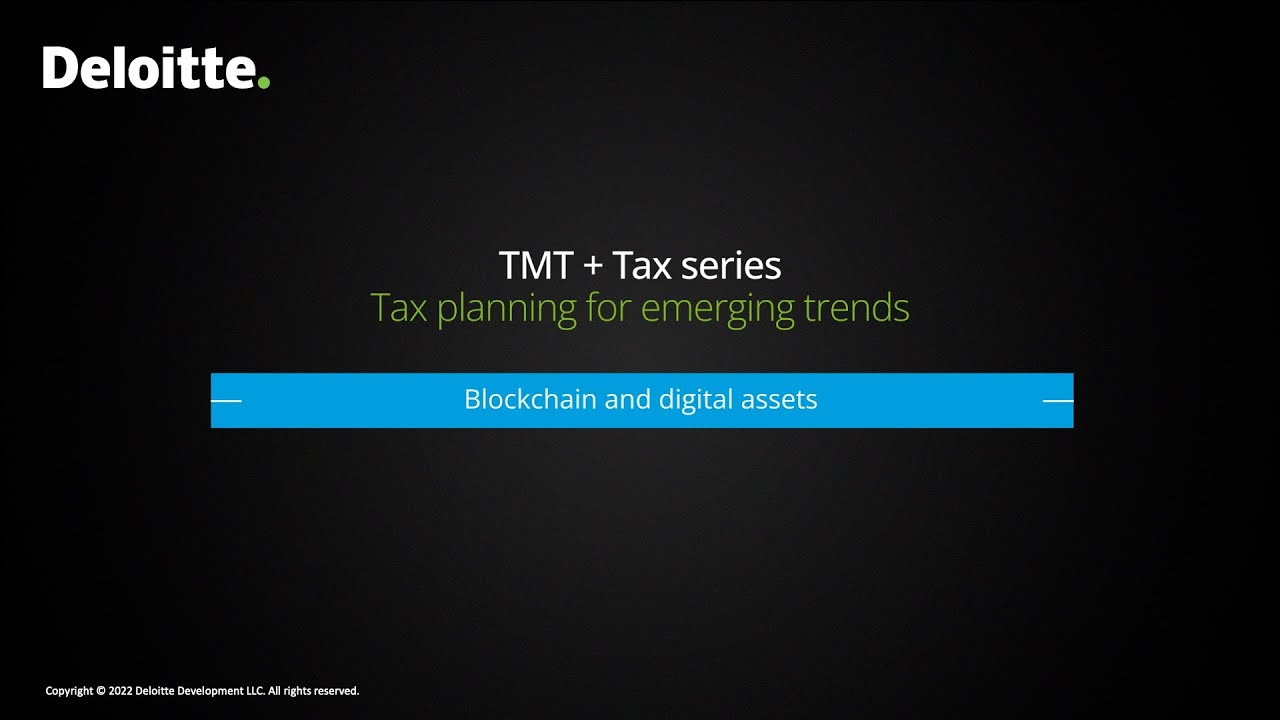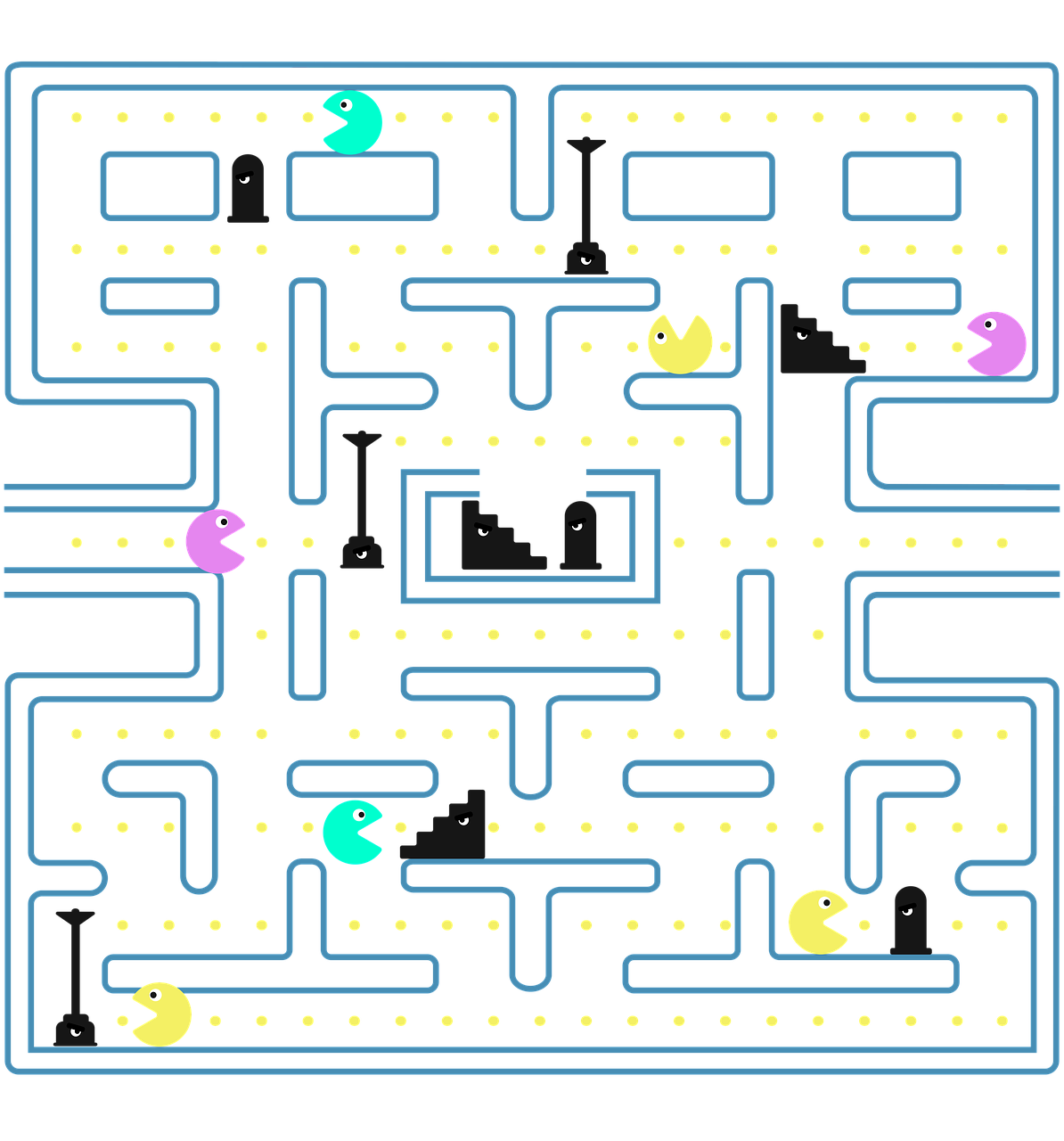Digital assets are like virtual treasures that we can own, trade, or use online. They can be anything from cryptocurrencies, like Bitcoin, to digital files, like art or music. Blockchain is the cool technology that helps keep track of these digital assets. It’s like a giant notebook that everyone can see, but no one can erase or change the information in it.
In real life, many companies are using digital assets and blockchain to solve problems and improve their services. For example, some artists sell their art as digital assets. This means that fans can buy a piece of their favorite art and own it in a special way. This also helps artists get paid directly for their work, without middleman.
Another great case is how companies are using blockchain to make supply chains better. A supply chain is like a path that a product takes from creation to the store. With blockchain, everyone involved can see where a product comes from, how it was made, and where it is going next. This helps to make sure the products are safe and that the information is true.
Some important terms to know are:
– Digital Assets: Items that exist only in digital form, like cryptocurrencies or digital art.
– Blockchain: A secure and transparent way to store information online.
– Supply Chain: The process that products go through from being made to being sold to customers.
The success stories of using digital assets and blockchain show how these technologies can make things easier, safer, and more fair for everyone. They are changing the way we think about ownership and trust in the digital world, and that is very exciting!
Understanding Digital Assets
Digital assets are any items of value that exist in digital form. They can include cryptocurrencies, digital art, collectibles, and even records of transactions. In simple terms, if it’s on a computer and has value, it’s a digital asset.
What is Blockchain?
Blockchain is a technology that helps keep track of digital assets and ensures their safety. It is like a digital ledger or notebook that records every transaction made with these assets. Each page of the notebook is called a “block,” and when filled up, it links to the next page, creating a “chain” of records. This makes it very hard for anyone to change the information without everyone noticing.
Real-Life Applications of Digital Assets and Blockchain
Digital assets and blockchain are changing many areas of our lives. Below are some successful case studies demonstrating their impact:
1. Supply Chain Management
One of the significant applications of blockchain technology is in supply chain management. Companies use it to track products from the production line to the customer. This transparency helps prevent fraud and ensures quality control.
“Blockchain technology has the potential to transform the supply chain by providing real-time tracking of the goods.” – Expert Analyst
2. Real Estate Transactions
Real estate transactions can be complicated and slow due to paperwork and middlemen. However, blockchain allows properties to be bought and sold more quickly and securely.
- Smart Contracts: These are self-executing contracts with the terms of the agreement directly written into code. They automatically execute when conditions are met.
- Cost Efficiency: Eliminating middlemen reduces fees and speeds up the transaction process.
3. Digital Art and NFTs
Non-fungible tokens (NFTs) have surged in popularity, allowing artists to sell their digital artwork as one-of-a-kind items. Each NFT is unique and cannot be replicated, giving real value to the digital art world.
“NFTs enable artists to monetize their work in ways that were not possible before.” – Industry Leader
Challenges in Adopting Digital Assets and Blockchain
While the potential of digital assets and blockchain is vast, there are challenges to their adoption. Some of these include:
- Regulatory Uncertainty: The laws regarding digital assets are still developing. This can create confusion for businesses and investors.
- Security Risks: While blockchain is more secure than traditional databases, it is not invulnerable. Hacks and scams have occurred, leading to significant losses.
- Technological Barriers: Not everyone is familiar with blockchain technology, and there can be a steep learning curve for businesses looking to adopt it.
Potential Solutions
To overcome these challenges, various solutions can be applied:
- Education and Training: Organizations can invest in educating their employees and customers about digital assets and blockchain technology.
- Policy Development: Governments can work towards creating clear regulations around digital assets, making it easier for companies to operate legally.
- Enhanced Security Measures: Companies can invest in better security technologies and practices to protect against hacks and fraud.
The Future of Digital Assets and Blockchain
The future looks bright for digital assets and blockchain technology. As companies and individuals become more familiar with these innovations, we can expect to see even more creative applications. The key will be to find ways to educate the public and develop a regulatory framework that encourages growth while protecting users.
What are digital assets?
Digital assets are any form of digital content that holds value. This includes cryptocurrencies, tokens, and non-fungible tokens (NFTs), as well as intangible assets such as digital art, music, and domain names.
How is blockchain used in real life?
Blockchain technology is used in various real-life applications such as supply chain management, financial services, healthcare, and voting systems. Its decentralized and transparent nature ensures security, traceability, and efficiency in transactions.
What are some successful case studies of blockchain?
There are numerous successful case studies of blockchain implementation, including the use of blockchain in IBM’s Food Trust to enhance transparency in food supply chains, and VeChain’s application in luxury goods to prevent counterfeiting. Other examples include blockchain in the financial sector for cross-border payments by companies like Ripple.
How does blockchain enhance security?
Blockchain enhances security through cryptographic algorithms that secure data and transactions. Once information is recorded on a blockchain, it cannot be altered without consensus from the network, making it resilient to fraud and hacking.
Blockchain and digital assets
Can digital assets be used for everyday transactions?
Yes, digital assets can be used for everyday transactions. Some companies accept cryptocurrencies as payment for goods and services, and various platforms allow users to spend their digital assets similarly to traditional currencies.
Are there risks associated with digital assets?
Yes, there are risks associated with digital assets, including volatility in prices, regulatory uncertainty, and potential for loss of access due to hacking or mismanagement of private keys. Users should conduct thorough research and consider security measures before investing.
How do I store digital assets safely?
Digital assets can be stored safely in digital wallets. Hardware wallets are often recommended for enhanced security because they keep private keys offline. It’s important to choose a reputable wallet and use strong passwords and two-factor authentication.
What future developments can we expect in the digital asset space?
Future developments may include more widespread adoption of blockchain technology in various sectors, integration of digital assets into traditional finance, and advancements in regulatory frameworks. This evolution could drive further innovation and investment in the digital asset ecosystem.

